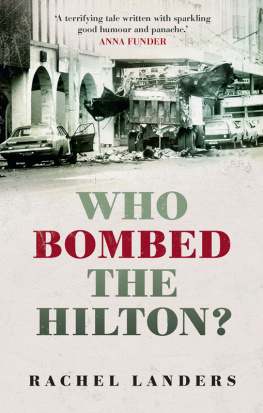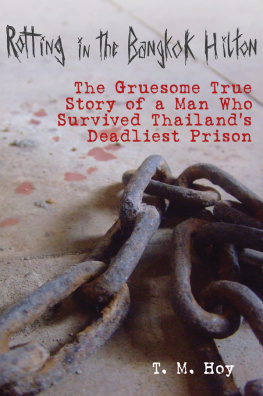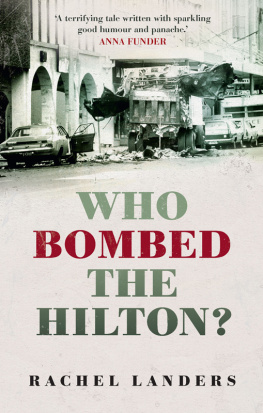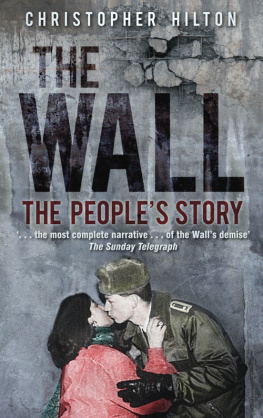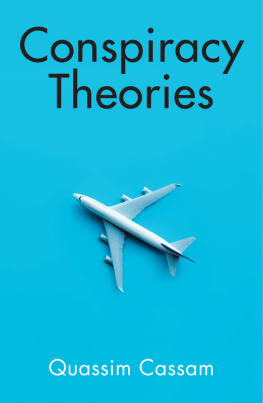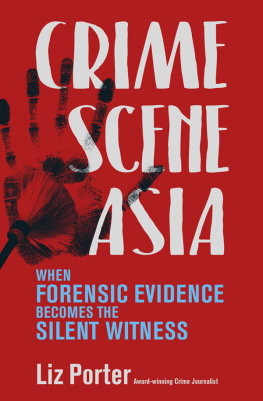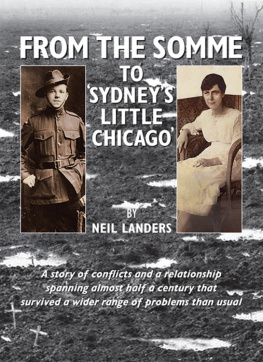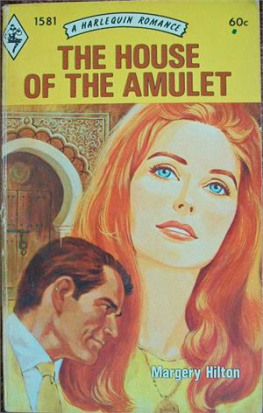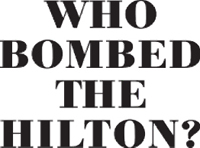
RACHEL LANDERS is a filmmaker with a PhD in history.

Rachel Landers Who Bombed the Hilton is a terrifying tale written with sparkling good humour and panache. Landers takes the tatty, fractured saga of a horrific terrorist attack in the heart of Sydney, and, backed by remarkable research, she brings it to life. She makes of it a testament to the victims and the investigators, as well as a warning to us in our own age of terror. As we struggle with terrorism, and with the danger of damaging our democracy by our measures to counter it, we do well to remember this story of the one who got away.
Anna Funder, author of Stasiland and All That I Am

A NewSouth book
Published by
NewSouth Publishing
University of New South Wales Press Ltd
University of New South Wales
Sydney NSW 2052
AUSTRALIA
newsouthpublishing.com
Rachel Landers 2016
First published 2016
This book is copyright. Apart from any fair dealing for the purpose of private study, research, criticism or review, as permitted under the Copyright Act , no part of this book may be reproduced by any process without written permission. Inquiries should be addressed to the publisher.
National Library of Australia
Cataloguing-in-Publication entry
Author: Landers, Rachel, author.
Title: Who bombed the Hilton? / Rachel Landers.
ISBN: 9781742233512 (paperback)
9781742241470 (ebook)
9781742246413 (ePDF)
Subjects: Ananda Marga (Organisation) History.
Australian Security Intelligence Organisation History.
Trials (Conspiracy) New South Wales.
Judicial error New South Wales.
Terrorism investigation Australia.
Australia Politics and government 19761990.
Dewey Number: 345.94407
Cover design Blue Cork
Cover image The Sydney Hilton on 13 February 1978. The Sydney Morning Herald/Fairfax Syndication.
All reasonable efforts were taken to obtain permission to use copyright material reproduced in this book, but in some cases copyright could not be traced. The author welcomes information in this regard.

For D and D
I arrived outside the Hilton only about two minutes after the explosion. Already the air was thick with the noise of sirens and cries from the injured and the peculiar, pungent odour of human blood.
About 15 metres from the rear of the mangled garbage truck where the bomb had exploded I saw what appeared to be the torso of a man covered in a few bloody rags.
Another man was getting up from beside a taxi clutching his face, which had been cut by flying glass from one of the many wrecked shop windows. A young girl was lying behind a car sobbing as the first ambulance screamed to a halt.
Some of the younger State policemen appeared dazed by the shattering event. A more senior Commonwealth officer took control and started moving some youths who had rushed to the scene back down George Street towards the Town Hall.
Ambulancemen and police threw black plastic covers over the human debris.
A team of paramedics began working frantically on one of the police officers who had been caught in the blast. It was hard to recognise him as a policeman. The only distinguishing form was the blue NSW Police insignia on his shoulder. Ambulancemen worked feverishly patching a wound at his side and setting up a saline drip.
It was now about 15 minutes since the bomb went off. The area was teeming with uniformed and Special Branch officers, firemen and ambulancemen. A crowd of onlookers was growing rapidly about
100 metres away near the Town Hall. Police also began to move away the handful of journalists who had arrived at the scene.
The first ambulances left for the hospital and the search for clues to the blast was underway.
Peter Logue, AAP, Witness Reminded of Northern Ireland, Sydney Morning Herald, 14 February 1978.
The Hilton and me

Im sitting in the Tea Room in Sydneys Queen Victoria Building across from a man whose name I cant tell you. Lets call him Fred. Freds a dapper, grey-haired former senior detective in his late sixties who was lionised for his skill in running a series of spectacular covert operations in the 1990s. It has been said that he could wire up an operative and send him into the fray a drug operation, a dirty cop shop and they could strip the agent naked if need be and never locate the recording device. Fred is also known for his excessive operational caution. Contact between us was made by a third party and only then were my details forwarded to him. He has asked the waiter to move us to an isolated table and only accepts the third one offered near an exit, good visibility, away from other diners.
He sits eating his grilled fish with his back to the wall. If I wish to continue contact with him I am to buy him a SIM card and forward it through the third party. While he is, shall we say, assisting me with my inquiries, all this would be a lot more gripping if I was confident he actually had inside information about the bombing of the Hilton Hotel in Sydney at 12.40 am on 13 February 1978 that left three dead and nine wounded. Often described as the first (and, for almost four decades, the only) act of terrorist murder on Australian soil, it is a crime which despite decades of convoluted trials, inquiries, counter inquiries, commissions, parliamentary declarations and more plot twists than an airport potboiler remains unsolved.
As Fred and I nibble away at the set lunch menu, he is questioning (head swivelling to check for other diners straining ears) why aspects of the security surrounding the inaugural Commonwealth Heads of Government Regional Meeting were so lax. Why were snipers positioned on top of the QVB (he gestures furtively to the right of where we are sitting), yet none of the police stationed across the road, outside the Hilton, were ordered to check garbage bins? The Hilton conspiracy theorists have long pointed to this aberration in what was purportedly standard police protocol as proof positive of the involvement of Australias secret service (ASIO) and/or Australian military intelligence and/or New South Wales Special Branch in planting the bomb in the bin themselves. A theory, I find after some robust research, as fanciful and delicate as a Faberg egg. Is Fred telling me because he believes it has substance? Or is he testing my agenda? Finding out where my allegiances lie? Does he know something? Or is he just another person tugging at the edges of this tatty, fractured saga? Sad to say, despite my heightened expectations, the latter turns out to be true.
Why is this one crime so absolutely maddening? Australians by nature are not known for their excessive discretion, yet Fred is simply one in a long line of people circling the investigation who are wedded to communicating in opaque coded sentences. Half a dozen leading investigative journalists have sworn only to speak to me off the record, then proceeded to point me towards the same prime suspect a man who was never questioned by the police. Then they warn me to go no further and recount horror tales of being targeted and harassed. Federal government ministers deny that they authored top secret reports now made public in the National Library under the 30-year rule, despite these reports bearing their names. Malcolm Fraser, the prime minister at the time, told me a few years back that it was a stupid topic to research and instead of wasting my time trying to winnow out the truth of the bombing I should be focusing on the contemporary plight of refugees. Even those individuals suspected of the crime, then allegedly verballed, charged, accused of another crime altogether, jailed then freed, seem committed to joining the chorus of obfuscators. I approach one who says he doesnt want to talk but sends me his own highly ambiguous autobiography. I contact another who is equally wary but then enthuses about how eager he is to see the finished film.
Next page
